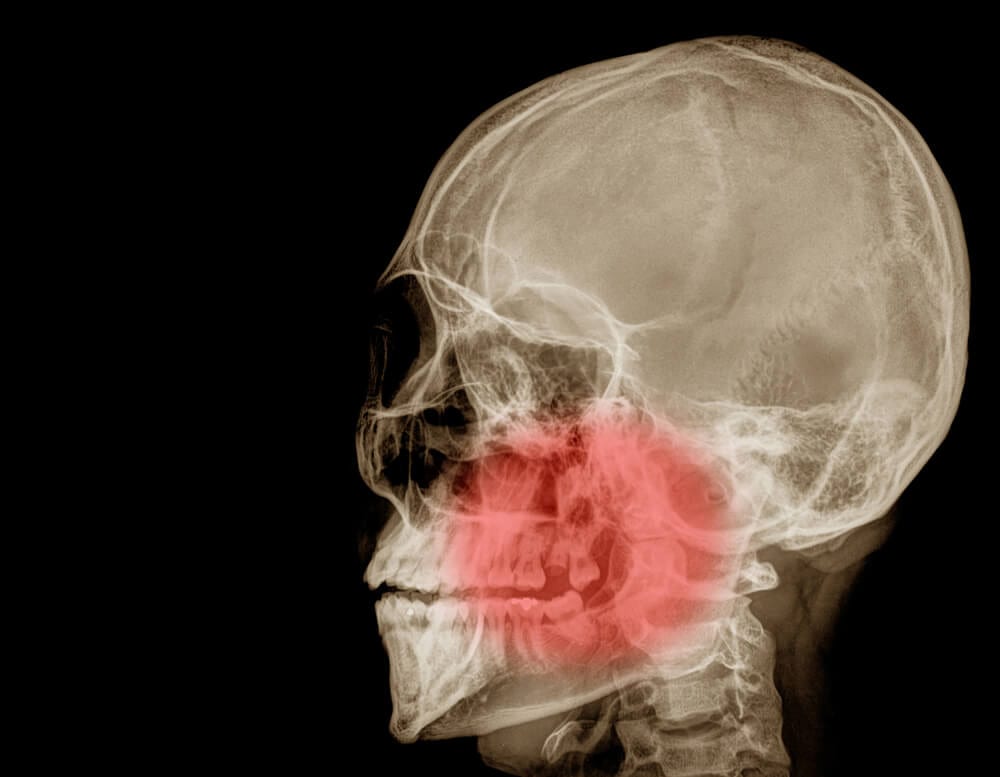Bone Grafting + Ridge Augmentation
Minor and Major Bone Grafting
Over a period of time, the jawbone associated with missing teeth atrophies or is reabsorbed. This often leaves a condition in which there is poor quality and quantity of bone suitable for placement of dental implants. In these situations, most patients are not candidates for placement of dental implants.
Today, we have the ability to grow bone where needed. This not only gives us the opportunity to place implants of proper length and width, it also gives us a chance to restore functionality and esthetic appearance.
Bone grafting can repair implant sites with inadequate bone structure due to previous extractions, gum disease or injuries.
The bone is either obtained from a tissue bank or your own bone is taken from the jaw, hip or tibia (below the knee.) Sinus bone grafts are also performed to replace bone in the posterior upper jaw. In addition, special membranes may be utilized that dissolve under the gum and protect the bone graft and encourage bone regeneration. This is called guided bone regeneration or guided tissue regeneration.
Major bone grafts are typically performed to repair defects of the jaws. These defects may arise as a result of traumatic injuries, tumor surgery, or congenital defects.
Large defects are repaired using the patient’s own bone. This bone is harvested from a number of different sites depending on the size of the defect. The skull (cranium), hip (iliac crest), and lateral knee (tibia), are common donor sites. These procedures are routinely performed in an operating room and require a hospital stay.
Ridge Augmentation Procedures
A key to dental implant success is the amount and quality of the bone where the implant is to be placed.
Ridge deformities of the upper and lower jaw can leave you with inadequate bone and tissue thickness for either an aesthetic and functional bridge or dental implant restoration. The defects may have been caused by trauma, developmental defects, periodontal disease and wearing dentures.
Ridge augmentation procedures have been shown to greatly enhance the cleansability and appearance of your restorations. They increase your chance for long-term successful dental implants, both aesthetically and functionally.
Procedure
Soft tissue ridge augmentations are performed to enhance the cleansability and aesthetics of a deficient site prior to its final restoration. During this procedure, an incision is made to expose the bony ridge. A soft tissue graft is then obtained either from a suitable site in your mouth and/or a soft tissue substitute and inserted into the area. The gum tissue is readapted over the soft tissue graft and sutured into place.
Hard tissue ridge augmentations are performed to recreate adequate bone dimensions prior to dental implant therapy. The hard tissue augmentation can also be done in combination with a soft tissue augmentation to simultaneously enhance the soft tissue profile of the deficient site. After the incision is made and the gum lifted away, the bony defect or bone substitute is placed in to build up the ridge. A membrane may be adapted over the bone graft based on individual defect morphology. Depending on defect size, an average bony healing and maturation time of 6-12 months is allowed before dental implants can be placed. In some cases, the implant can be placed at the same time as the hard tissue ridge augmentation is performed.
Read more about aftercare bone grafting recovery

